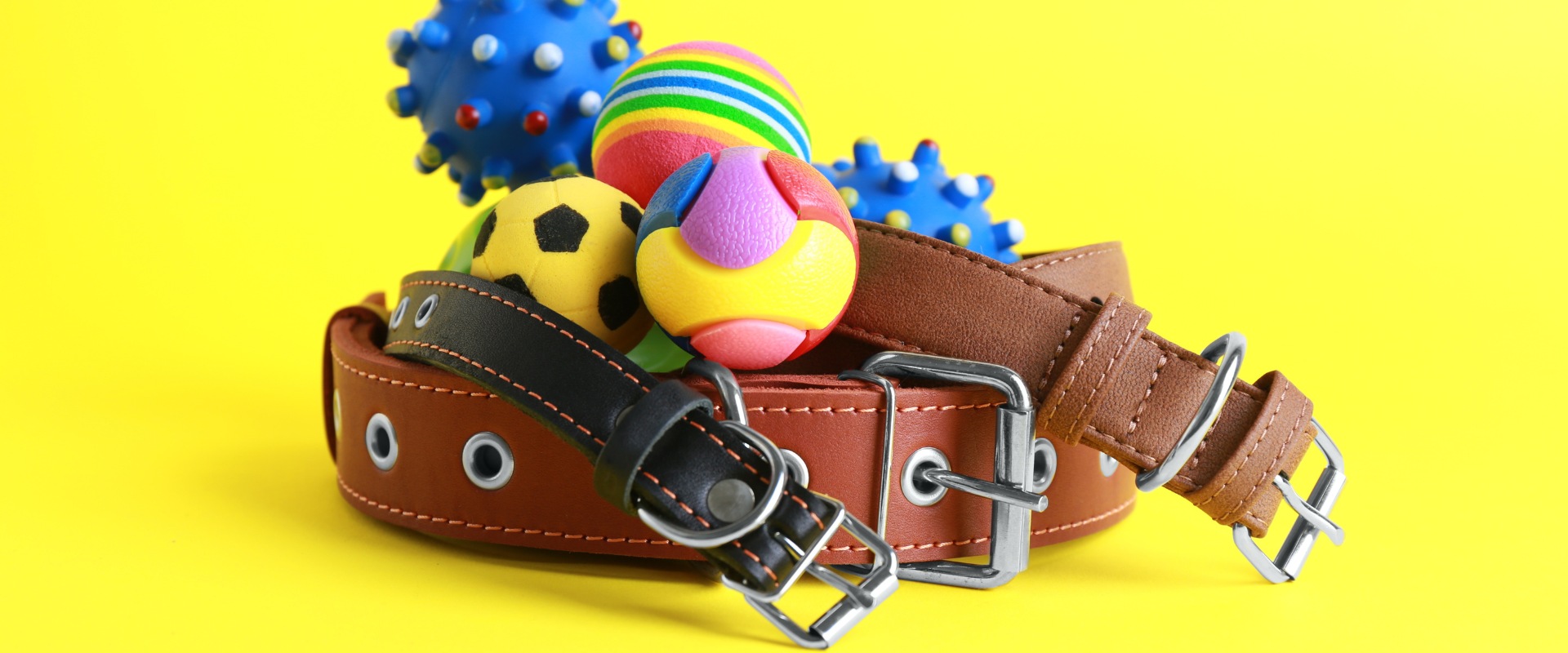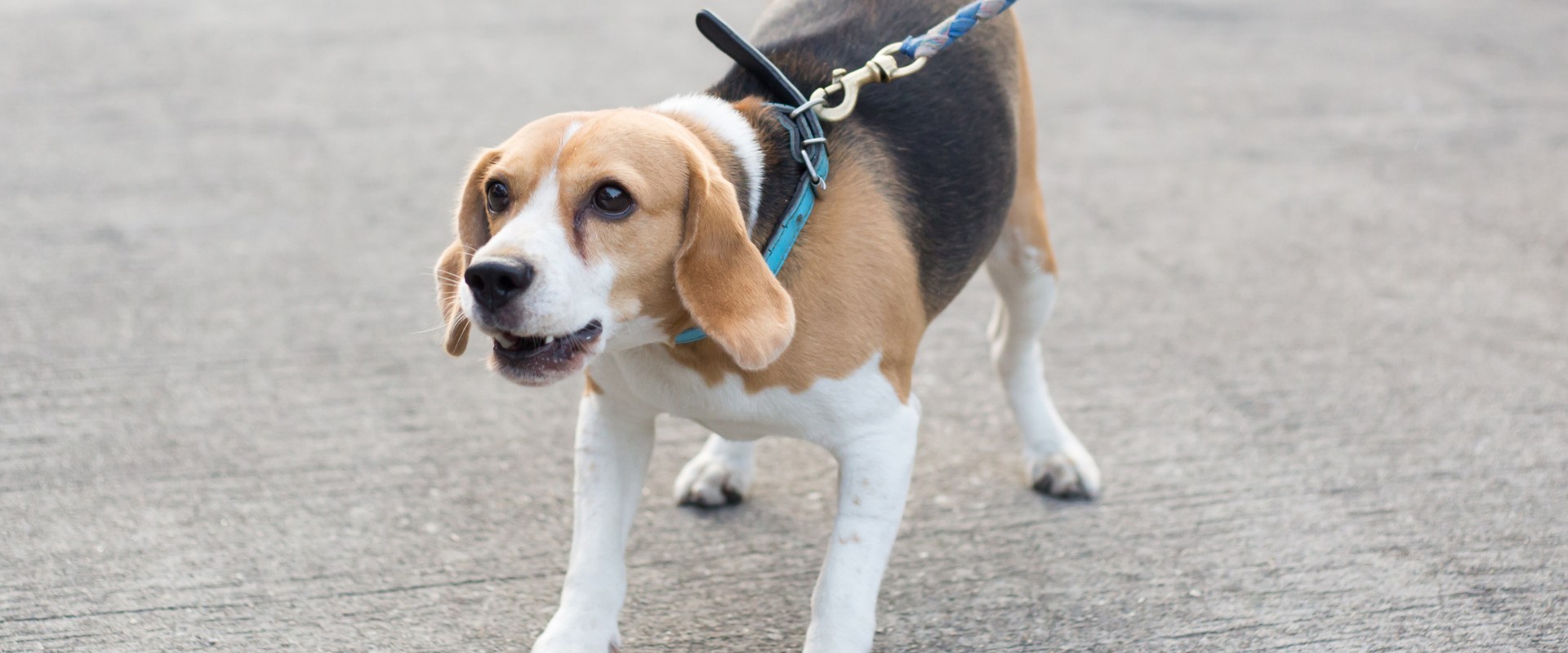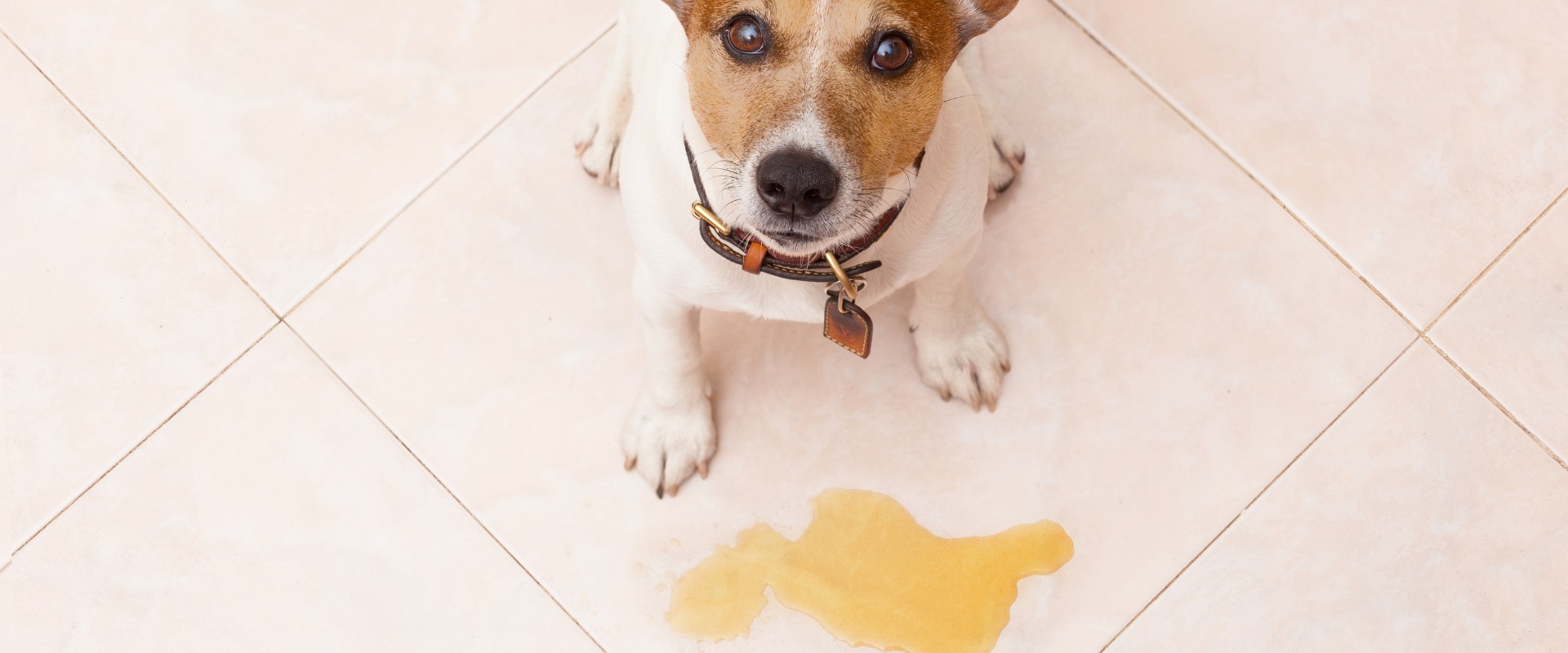Training an older dog can be a rewarding yet challenging experience. While younger dogs may be more receptive to new commands, older dogs come with their own set of habits and behaviors that need to be addressed.
In this article, we will explore effective tips, techniques, and tools to help you successfully train your older canine companion. From basic commands to specific challenges like potty training in an apartment and leash training, we’ve got you covered.
Understanding Your Older Dog
Before diving into training methods, it’s crucial to understand your older dog’s behavior. Older dogs may have established habits, both good and bad, which can influence their training. Patience is key when working with older dogs, as they might take a bit more time to adapt to new routines. Additionally, consider any physical limitations or health issues your dog may have, as these can affect the training process.
Tips for Training an Older Dog
Start with Basic Commands: Begin your training by reinforcing or reintroducing basic commands such as sit, stay, and come. These commands provide a foundation for more advanced training and help establish you as the leader.
Use Positive Reinforcement: Older dogs respond well to positive reinforcement. Use treats, praise, and affection to reward good behavior. This will encourage your dog to repeat the desired actions.
Be Consistent: Consistency is key in dog training, especially with older dogs. Establish a consistent routine for feeding, walks, and training sessions. This predictability helps older dogs feel secure and makes training more effective.
Adapt to Your Dog’s Pace: Older dogs may require more time to grasp new commands. Be patient and adapt to your dog’s pace, breaking down training into shorter, more manageable sessions. This approach prevents frustration for both you and your furry friend.

How to Potty Train an Older Dog in an Apartment
Potty training an older dog in an apartment comes with its own set of challenges. Here are specific tips to address this issue:
Establish a Routine: Create a consistent schedule for bathroom breaks. Take your dog outside first thing in the morning, after meals, and before bedtime. This routine helps older dogs anticipate when they’ll have the opportunity to relieve themselves.
Use a Designated Bathroom Area: Designate a specific spot outside for bathroom breaks. Take your dog to this area consistently, as the familiar scent will encourage them to do their business.
Supervise Indoor Behavior: Keep a close eye on your dog when indoors, especially if they have a history of accidents. Supervision allows you to catch any signs that your dog needs to go outside.
Reward Success: When your dog successfully uses the designated bathroom area, reward them with praise and treats. Positive reinforcement reinforces the desired behavior.
How to Leash Train an Older Dog
Leash training is essential for both your dog’s safety and your enjoyment of walks. Here’s how to leash train an older dog:
Choose the Right Equipment: Invest in a comfortable harness or collar that fits your dog properly. Avoid using retractable leashes, as they can encourage pulling and are harder to control.
Start Indoors: Begin leash training in a controlled environment, such as your home or backyard. This minimizes distractions and allows your dog to become familiar with the sensation of wearing a leash.
Reward Loose Leash Behavior: Encourage your dog to walk beside you with a loose leash. Reward this behavior with treats and praise. If your dog starts pulling, stop walking and wait for them to return to your side before continuing.
Gradually Increase Distractions: As your dog becomes more comfortable on the leash, gradually introduce distractions, such as other dogs or new environments. Use positive reinforcement to keep them focused on you.

Training Tools for Older Dogs
Treats: High-quality treats are invaluable for positive reinforcement. Choose treats that are both tasty and easy for your older dog to chew.
Clicker: A clicker can be a useful tool for marking desired behavior. Pair the click with a treat to create a positive association.
Comfortable Harness or Collar: Invest in a well-fitting harness or collar that doesn’t cause discomfort or restrict movement. This is essential for leash training and overall comfort during walks.
Interactive Toys: Keep your older dog mentally stimulated with interactive toys. These toys can serve as rewards during training sessions and provide mental exercise.
Conclusion
Training an older dog requires patience, understanding, and a tailored approach. Whether you’re working on basic commands, addressing specific challenges like potty training in an apartment, or leash training, consistency and positive reinforcement are key.
By understanding your older dog’s behavior, adapting to their pace, and utilizing the right training tools, you can unlock new tricks and strengthen the bond between you and your furry friend.



